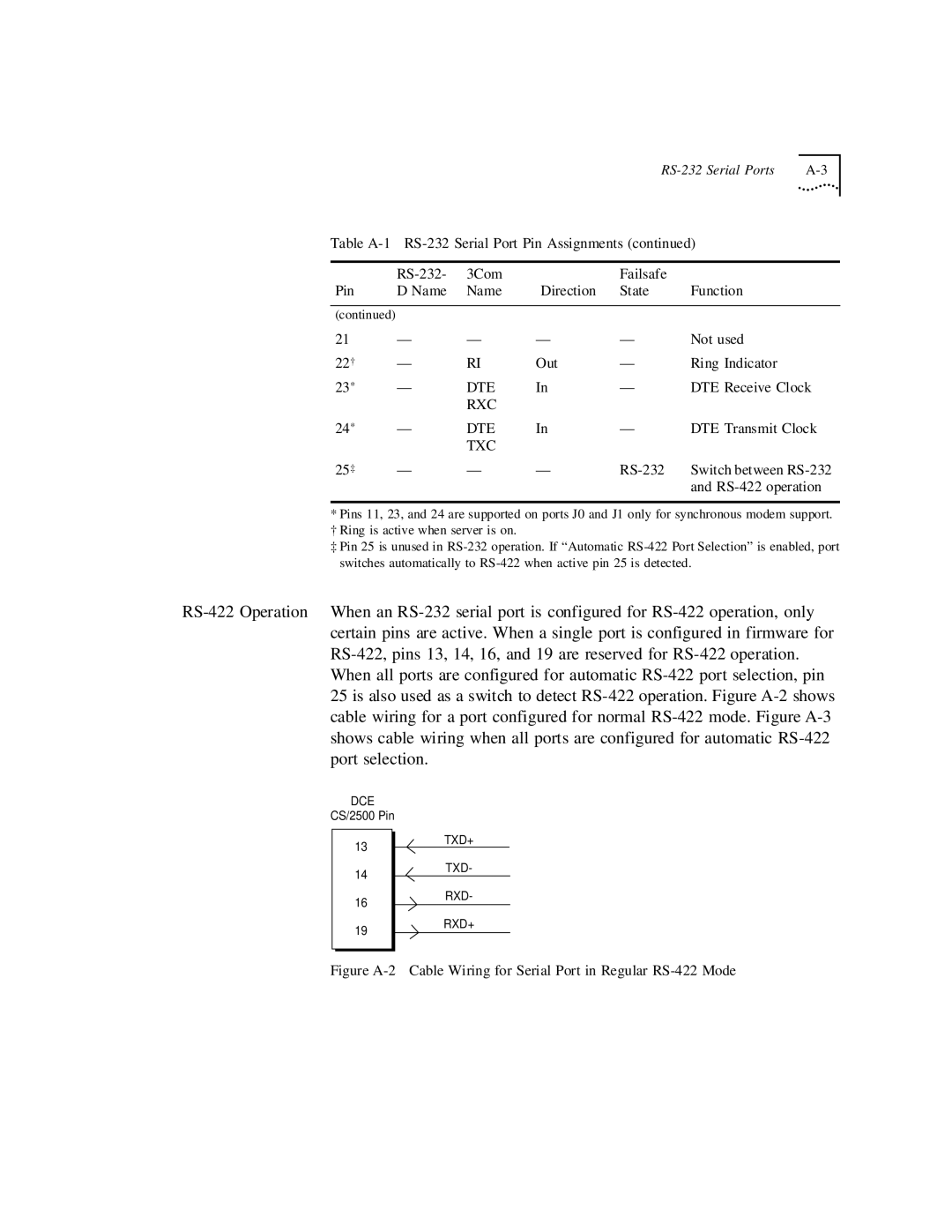
Table A-1 RS-232 Serial Port Pin Assignments (continued)
| RS-232- | 3Com | | Failsafe | |
Pin | D Name | Name | Direction | State | Function |
| | | | | |
(continued) | | | | | |
21 | — | — | — | — | Not used |
22† | — | RI | Out | — | Ring Indicator |
23* | — | DTE | In | — | DTE Receive Clock |
| | RXC | | | |
24* | — | DTE | In | — | DTE Transmit Clock |
| | TXC | | | |
25‡ | — | — | — | RS-232 | Switch between RS-232 |
| | | | | and RS-422 operation |
*Pins 11, 23, and 24 are supported on ports J0 and J1 only for synchronous modem support.
† Ring is active when server is on.
‡ Pin 25 is unused in RS-232 operation. If “Automatic RS-422 Port Selection” is enabled, port switches automatically to RS-422 when active pin 25 is detected.
RS-422 Operation When an RS-232 serial port is configured for RS-422 operation, only certain pins are active. When a single port is configured in firmware for RS-422, pins 13, 14, 16, and 19 are reserved for RS-422 operation. When all ports are configured for automatic RS-422 port selection, pin 25 is also used as a switch to detect RS-422 operation. Figure A-2 shows cable wiring for a port configured for normal RS-422 mode. Figure A-3 shows cable wiring when all ports are configured for automatic RS-422 port selection.
DCE
CS/2500 Pin
Figure A-2 Cable Wiring for Serial Port in Regular RS-422 Mode

